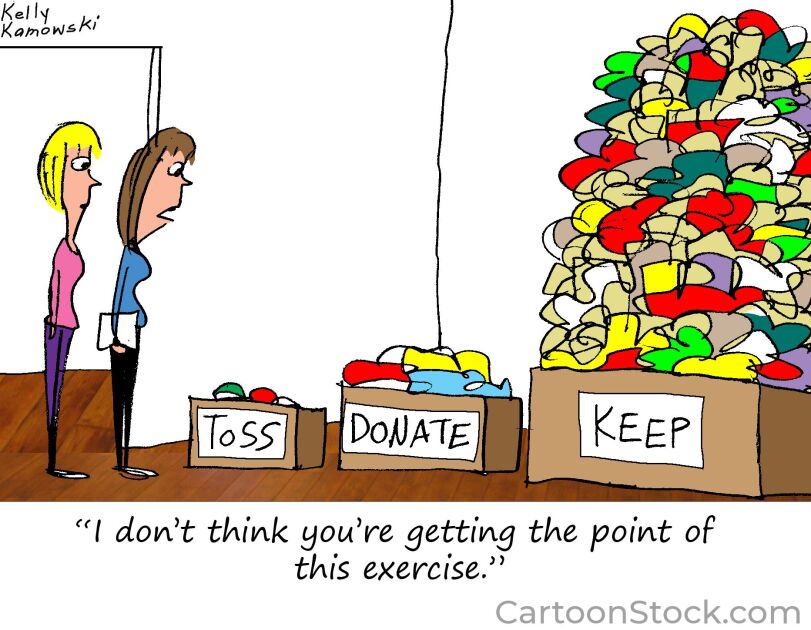Updated: This article has been updated with new numbers of measles infections and hospitalizations, as well as the first death from the West Texas outbreak.
With a large, high-profile measles outbreak in West Texas, declining childhood vaccination rates, and the appointment of a vocal vaccine skeptic to America’s top health post, should schools brace for a possible resurgence of once-eradicated diseases?
The answer is a complicated web of “what-ifs” and hypotheticals that ultimately lead to: maybe.
Ultimately, it’s a potential problem that district leaders shouldn’t lose sleep over tonight, but schools should start preparing now for the possibility of more frequent outbreaks in the years to come, said one of the nation’s top pediatric measles experts.
“I’ll tell you that pediatricians and public health people are watching the West Texas outbreak carefully, and we’re worried about it, as much for the specifics of the outbreak as for what it means going forward,” said Dr. Adam Ratner, a member of the committee on infectious diseases at the American Academy of Pediatrics. “That is obviously not the only under-vaccinated community in the U.S.—there are plenty of them—and this is the kind of thing I think we’re going to see more often.”
The Texas outbreak of at least 124 cases, as of Feb. 25, is mostly among school-aged children. Eighteen patients have been hospitalized, and one has died. Measles is highly contagious—about 90 percent of unvaccinated people who are exposed to the disease will end up contracting it, according to the U.S. Centers for Disease Control and Prevention. It causes symptoms including a high fever, cough, runny nose, and watery eyes, and comes with a trademark red rash that usually first appears on the forehead. An infection carries the potential of long-term hearing loss.
It is a disease that was previously eliminated from the United States due to high vaccination rates, but has resurfaced in the past decade. The last major occurrence was in 2019 when 22 outbreaks led to more than 1,200 cases, according to the CDC. Many of those cases were in New York City, where Ratner lives and works.
There were 285 confirmed measles cases in 2024, the vast majority among unvaccinated people.
The measles vaccination—which is included in a vaccine that also protects against mumps and rubella—is about 97 percent effective. All of the measles cases so far this year are among people who are unvaccinated, have unknown vaccination status, or have only received one of the two required doses, according to the CDC.
Childhood vaccination rates are declining
While districts themselves have little control over what vaccines students must receive—requirements are set by state law—all 50 states currently have vaccine requirements for children entering school, with exceptions allowed for children who cannot receive the vaccines for medical reasons, such as those who are immunocompromised.
But it’s become increasingly common for families to seek non-medical exemptions from those requirements.
In the 2023-24 school year, vaccination coverage among kindergartners in the United States decreased for all reported vaccines from the year before, while exemptions from one or more vaccines among kindergarteners increased to 3.3 percent, from 3 percent the year prior. Exemptions increased in 40 states and Washington, D.C., with 14 states reporting exemptions exceeding 5 percent of kindergarteners for one or more vaccine.
Some 92.7 percent of kindergarteners in 2023-24 had received the MMR vaccine, down from 95.2 percent in 2019-20.
That trend of rising exemptions could continue with Robert F. Kennedy Jr. as the nation’s health secretary. Kennedy, who was sworn in on Feb. 13, now leads the agency that oversees, among other things, vaccine recommendations for children and the general public, the approval of new vaccines, and a federal program that funds vaccinations for low-income children.
Kennedy is a longtime, vocal critic of vaccines who led a nonprofit that has sued vaccine makers as well as state and local governments over vaccination requirements for students and health care workers. The nonprofit, Children’s Health Defense, also produces videos, newsletters, and social media campaigns with false claims that experts say erode trust in vaccines.
Kennedy has a long history of making false statements about the safety and efficacy of vaccines. During his recent Senate confirmation hearings, he did try to walk back his past vaccine stance by saying he is not “anti-vaccine” or “anti-industry” but instead “pro-safety.”
Still, some experts worry that Kennedy could leverage his position to defund Vaccines for Children, the CDC program that provides vaccines to children whose families cannot afford them, further decreasing vaccine rates, even among families who want them for their children.
There’s also been a greater push by states in recent years to broaden exemptions to school vaccination requirements, making it easier for families to claim religious or philosophical causes to skip shots. The West Virginia Senate recently passed a vaccine exemption bill that would allow parents to apply for exemptions to school vaccination policies for religious and philosophical reasons in a state that has traditionally had one of the highest childhood vaccination rates, in part due to its lack of religious and philosophical exemptions to vaccine requirements.
Gaines County, the epicenter of the West Texas outbreak, has one of Texas’ highest rates of exemptions from school vaccine requirements, and has had one of the state’s highest rates for years.
For the 2023-24 school year, nearly 18 percent of Gaines County kindergarteners had a conscientious exemption to vaccine requirements; the rate for all of Texas was less than 4 percent, according to the state health department, though that figure had risen from just over 1 percent in 2013-14.
It’s easier to prepare for than respond to a disease outbreak
In Tomball, Texas, about eight hours southeast of the large West Texas measles outbreak, district leaders are taking stock of potentially vulnerable communities, should cases emerge closer to home.
Cathy Pool, the Tomball school district’s director of health services, said she’s assessed vaccination rates in each of the 22 schools.
Overall, the district has a 96 percent vaccination rate—in line with the CDC’s recommendation of striving for about 95 percent to achieve herd immunity—but some campuses fall well below that figure. One elementary school checks in with a rate just above 92 percent, the lowest in the district.
School nurses are trained to identify symptoms of measles and are “monitoring for anything of concern,” Pool said. The school district may also consider partnering with the county health department to offer a vaccination clinic, she said.
The approach is exactly what Ratner, with the American Academy of Pediatrics, recommends for districts not directly affected by the current outbreak.
Being prepared truly is half the battle, he said.
School districts should continue to advocate that students who can receive regular childhood vaccines do so, Ratner said. District leadership should also establish and maintain strong, collaborative relationships with the local health department, as they are likely to take charge should a measles outbreak occur.
The two entities could work together proactively to create a plan for a suspected measles case, and for other rare, dangerous infectious diseases. That work could include thinking through what steps school nurses and school leaders should take if they suspect there is a case at their school, and who will be responsible for contact tracing, communication efforts, and determining who is vaccinated and who isn’t, Ratner said.
“These are steps schools can take that are very easy to do when there aren’t cases,” he said, “and very hard to do when there is.”











